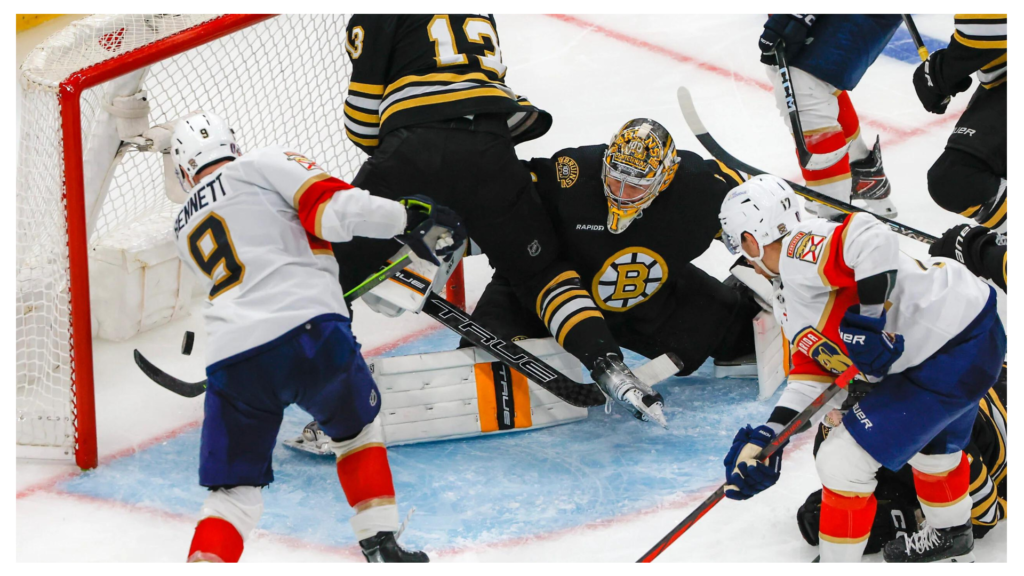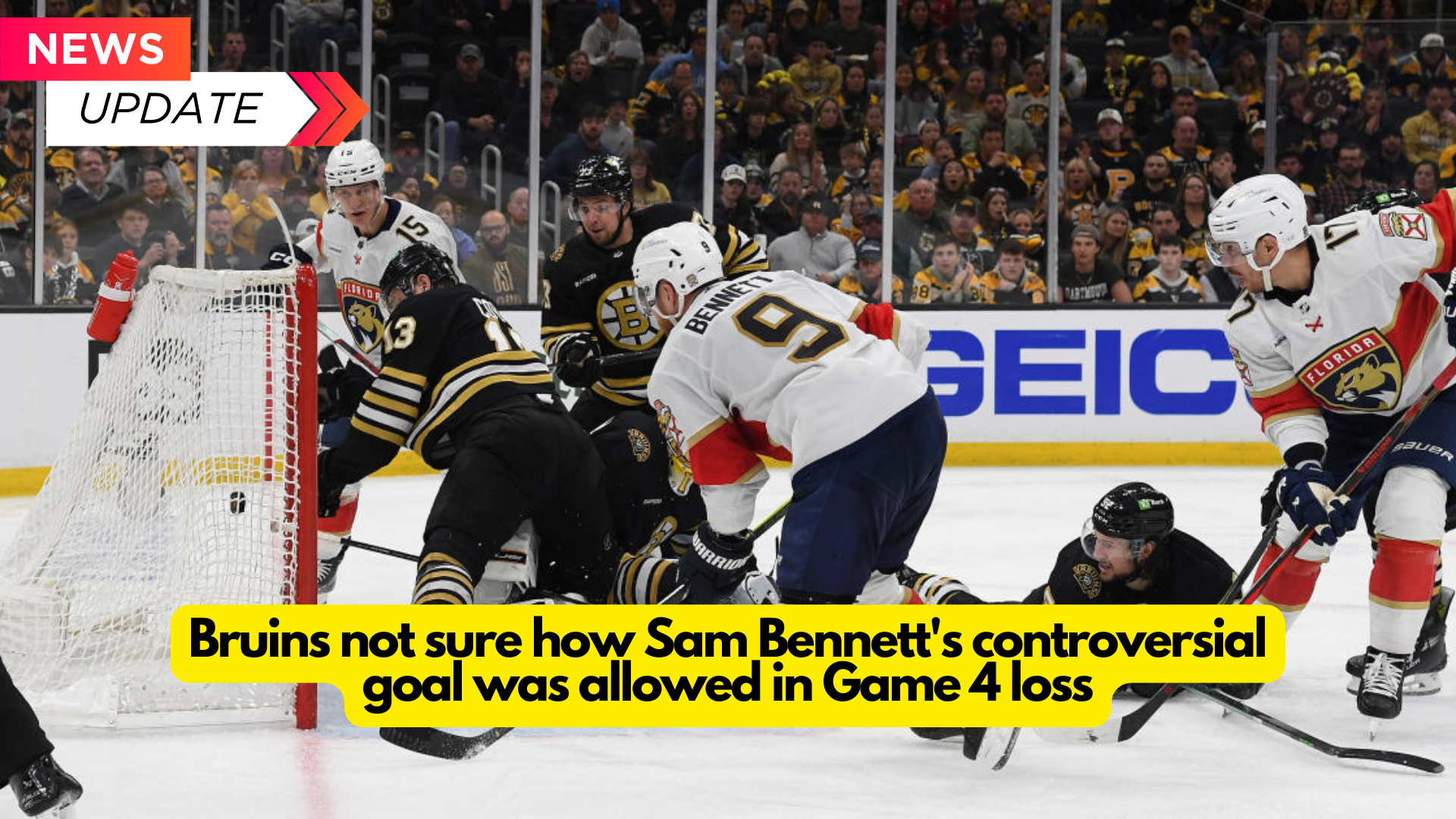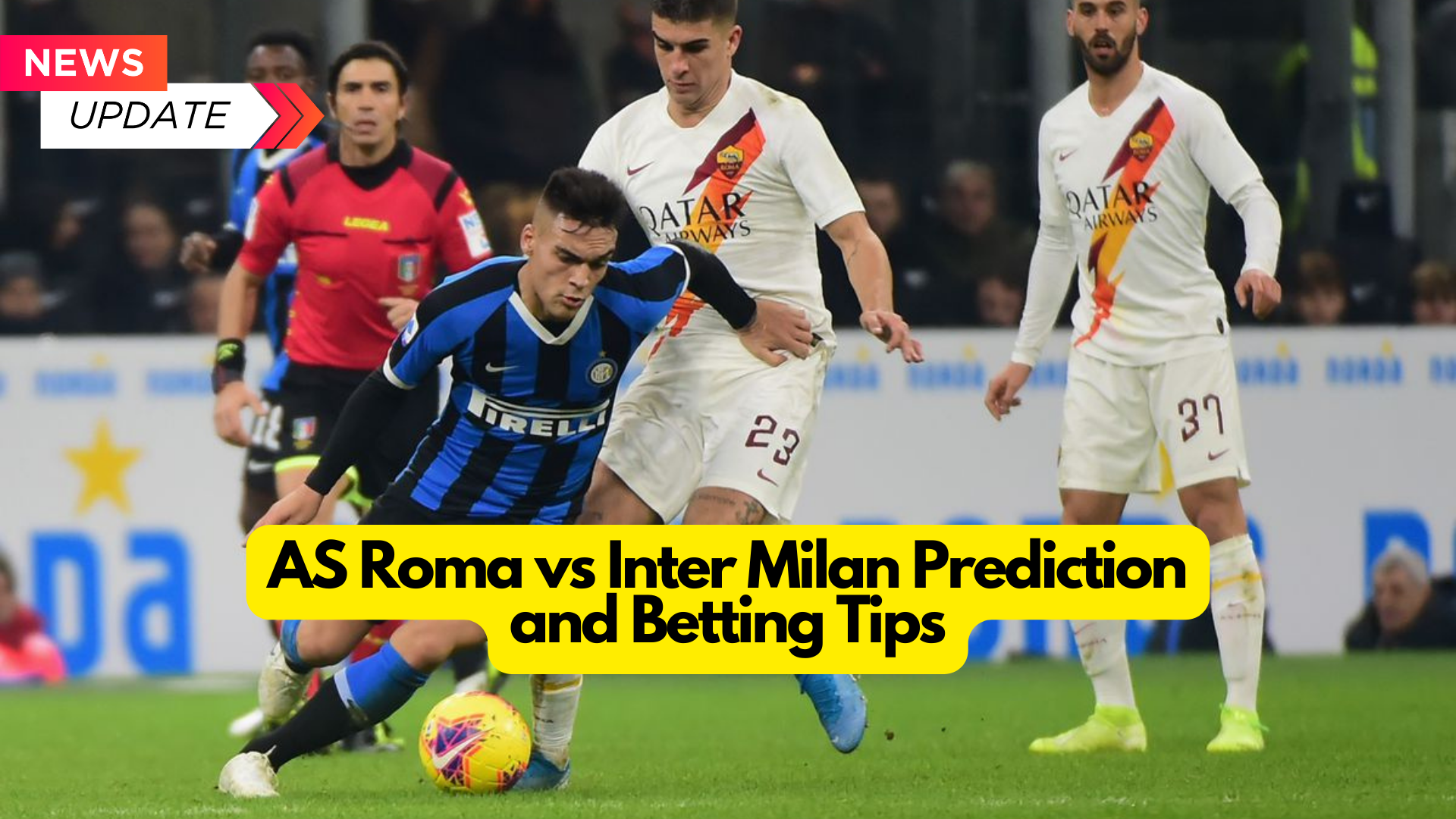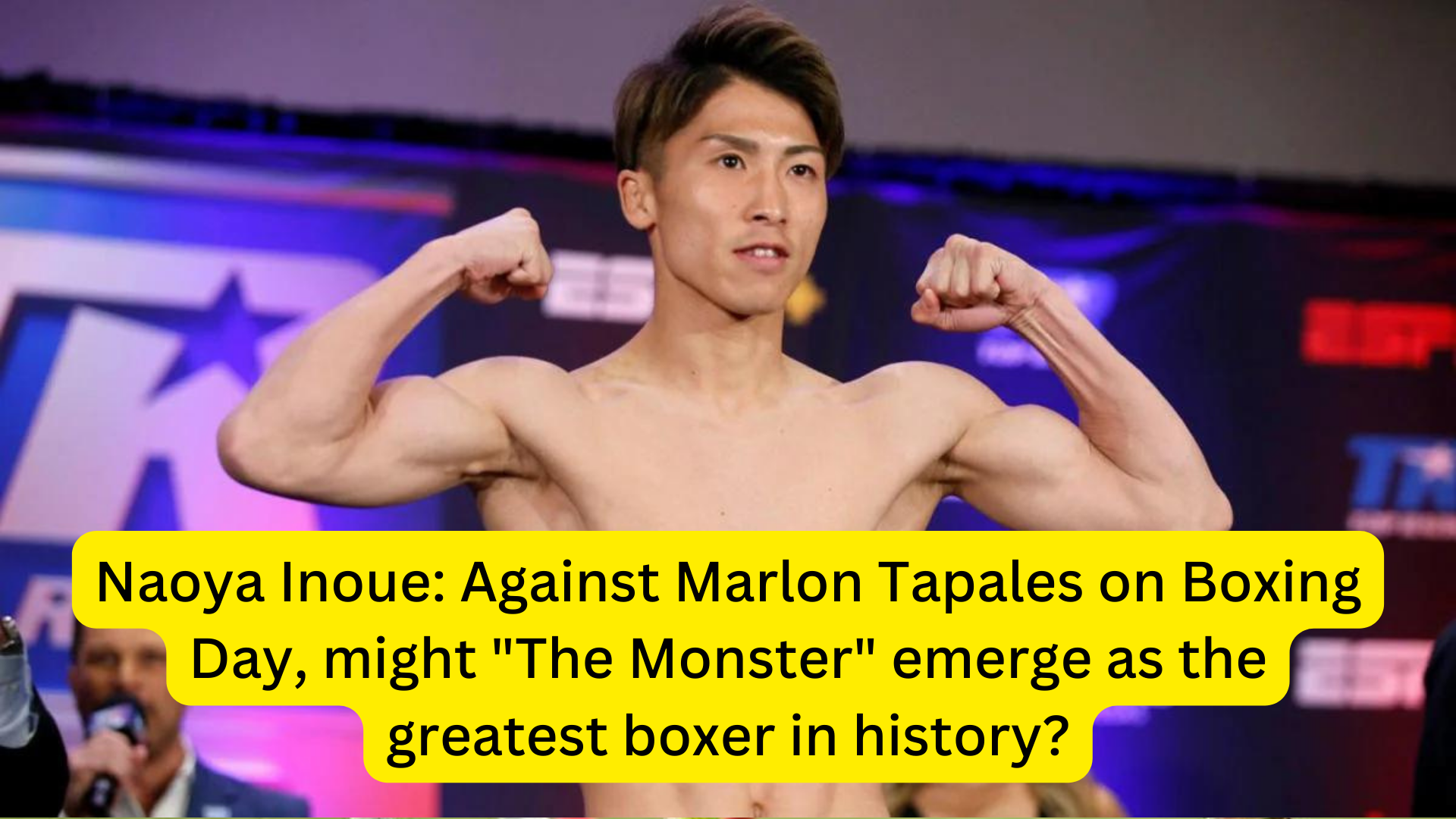The Boston Bruins are facing elimination after falling to the Florida Panthers in their third consecutive postseason game. The Bruins were wounded by yet another contentious no-call in Sunday night’s 3-2 defeat in Game 4 at TD Garden, which once again revolves around Florida’s Sam Bennett.
Bennett’s very dubious hit (and sucker punch) on Brad Marchand early in Game 3 made him a villain in Boston going into Sunday night’s Game 4. With an upper-body ailment, Marchand was unable to participate in Game 4, depriving the Bruins of their captain.
Bennett got involved in controversy once more on Sunday, early in the third period. Bennett scored the game-tying goal after it was evident that he had sent Charlie Coyle into Jeremy Swayman and interfered with the Boston goalie.
The Panthers were on a power play and attacking in the Boston zone, with the Bruins leading 2-1. Bennett hit Coyle hard in the back, causing Coyle to bump into Swayman in the Boston net due to the chaos in front of Swayman. Bennett was the recipient of a rebounded puck, and he capitalized on a gap in the net to tie the score at 2-2.
The Bruins yelled foul right away. Jim Montgomery, the head coach, contested the ruling, believing that the referees would observe that Bennett had cross-checked Coyle into Swayman and award him a goalie interference penalty. It was very obvious since it was his shove that propelled Coyle into Swayman and stopped the Boston goaltender from making a play with the puck.
To the astonishment of the majority of hockey fans, however, the call made on the ice remained following a quick review, and the game was tied at 2-2. The Bruins successfully neutralized the penalty for an ineffective challenge, but Aleksander Barkov scored for Florida four minutes after Bennett’s goal, giving the Panthers a 3-2 win and putting the Bruins on the defensive end.
The Bruins were not happy when the call on the ice was upheld, as you may guess.
In Game 4, Jim Montgomery responds to his failed challenge.
Montgomery said there was obvious meddling with the play. He said that the NHL video review department in Toronto made the decision to leave the goal on the board.
“Toronto decided that the goal was good and that the play had no bearing on it. “I received that explanation,” Montgomery remarked following the defeat. “We believed that Coyle was positioned over our goalie, and had he maintained his composure, he might have cleared the puck. That made it more difficult for our goalie to respond when the puck was played.”
Montgomery declared he was done commenting on the league’s choice.
“The league manages their end of the bargain well. In the same way that I believe clubs manage their squads well,” he remarked.
Charlie Coyle and Jeremy Swayman think there was obvious meddling.
After the defeat, Coyle gave his version of events and said he would have made a play on the puck if Bennett hadn’t bumped him from behind.

As soon as the puck enters the crease, I attempt to make a play. It passes through me. I descend into Sway after feeling a shove from behind. As the puck trickles by, it ends up in their guy’s empty net. I reasoned that I could probably turn back, try my hand at it, and get it cleared.
That’s the actual event. Calling this difficult, “said Coyle. “You have to endure certain situations sometimes. I can’t give an explanation, can you?
Coyle claimed the goal should not have stood because he collided with Swayman, obstructing the Bruins goalie’s ability to position himself for the play.
“If I don’t hit Swayman, I’m going to topple over.” He can’t possibly make it there,” Coyle clarified. He is unable to move past me because of my momentum. I believe things transpired that way.”
Bennett was clearly the source of the interference, according to Swayman.
“I simply want to focus on the facts, and the truth is that their player forced theirs upon me. And I was unable to play my position,” Swayman, who finished the game with 38 saves, remarked.
According to Coyle, Bennett’s goal drastically altered the game’s momentum.
It’s a big swing, Coyle continued. They tie the game with a touchdown and capitalize on a power play. That is the game’s momentum and swing. Something different caught our attention. They saw a difference. I am at a loss for words. Regardless of our opinions, we have to put up with anything.”

It was evident that Sam Bennett thought the goal should have stood.
Bennett referred to his assault on Coyle on TNT following the game as “a little shove.”
“And I put the puck in the net before Swayman’s going to have an opportunity,” Bennett stated. “Whether Coyle’s in his grill or not, I believe I put that puck in before he’s getting across, no matter what.”
NHL PR supports the goal’s status as is.
According to NHL regulation 69.1, “it shall be deemed contact initiated by the attacking player if a defending player has been pushed, shoved, or fouled by an attacking player so as to cause the defending player to come into contact with his own goalie.” The attacking player receives a penalty if needed. A goal would be ruled out if it was scored.”
It appears that the goal ought to have been removed from the scoreboard. However, the NHL supported the decision, claiming that Swayman was still able to perform his job despite the collision.
“Video review supported the referees’ call on the ice that the shove by Florida’s Sam Bennett on Charlie Coyle and the subsequent contact with Jeremy Swayman did not prevent Swayman from playing his position in the crease prior to Bennett’s goal,” NHL Public Relations said about the incident.
Don Sweeney criticizes the NHL and wants greater openness.
Boston general manager Don Sweeney attacked the NHL—well, not really—before the Bruins left for Florida on Monday.
He said that the people who make the calls and then choose whether or not to reverse calls on the ice should be the ones responding to inquiries about Bennett’s goal, not his head coach, but he refrained from going after the referees to avoid paying a fine.
“The overall premise that I have, to be perfectly honest with you, is that we should not be asking the coach after the game what they feel about the officiating and what happens,” Sweeney stated to reporters. “To win a hockey game, you guys really have to concentrate on the things we didn’t do well throughout the game.

“Those questions should be directed at either the supervisor of officials, the supervisor of the series, and/or the officials,” Sweeney said. The authorities should be positioned in front of the microphone to respond to questions if you desire complete access and openness. The only people with the necessary experience to manage the interpretation of Rule 69 in that particular situation are them. And that’s it.
“Don’t put out a statement; just stand in front and answer the question,” Sweeney said.
Next for the Bruins?
After that futile challenge, the Bruins continued to fight, but they were unable to overcome that significant change in momentum. Now, in Florida, Tuesday night’s Game 5 puts their season in jeopardy.
Moving ahead, things for the Boston Bruins are straightforward but far from simple. The Panthers will conclude their season for a second consecutive summer if they don’t win three in a row.
Inverting the series lead would be a perfect opportunity for the Bruins to get revenge on Florida since the Panthers overturned a 3-1 series lead against Boston in the previous round.
“In this group, I have no doubt,” Swayman declared on Sunday evening. “And since our fans deserve far better, we are really motivated and confident in bringing it back to Boston. We can’t wait to carry that out.”



